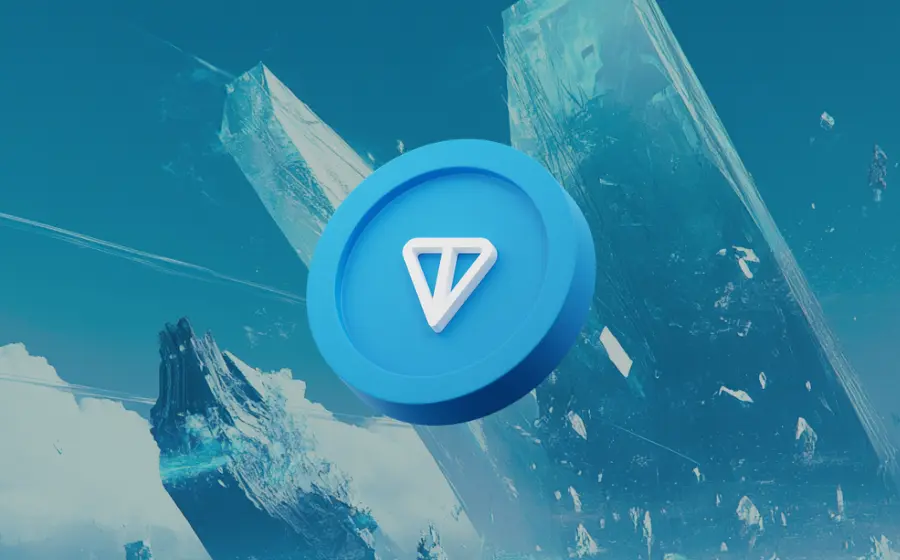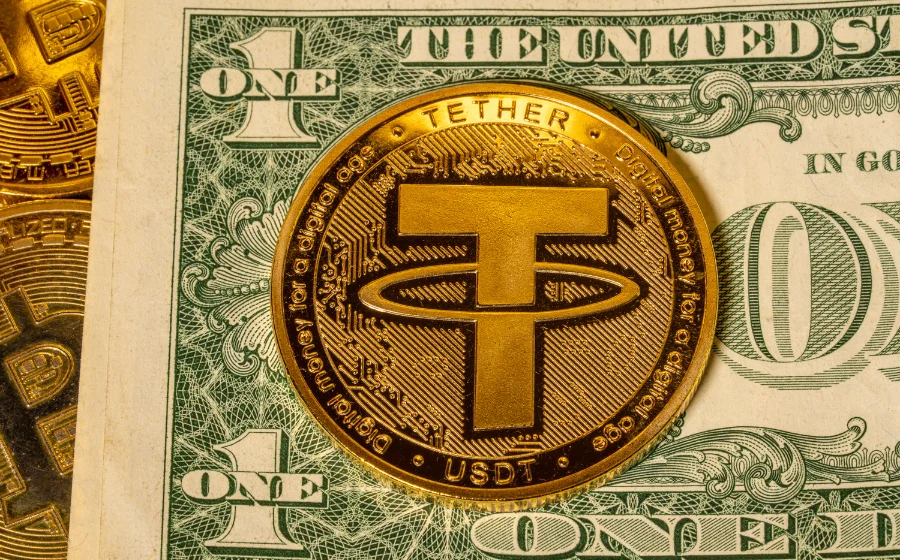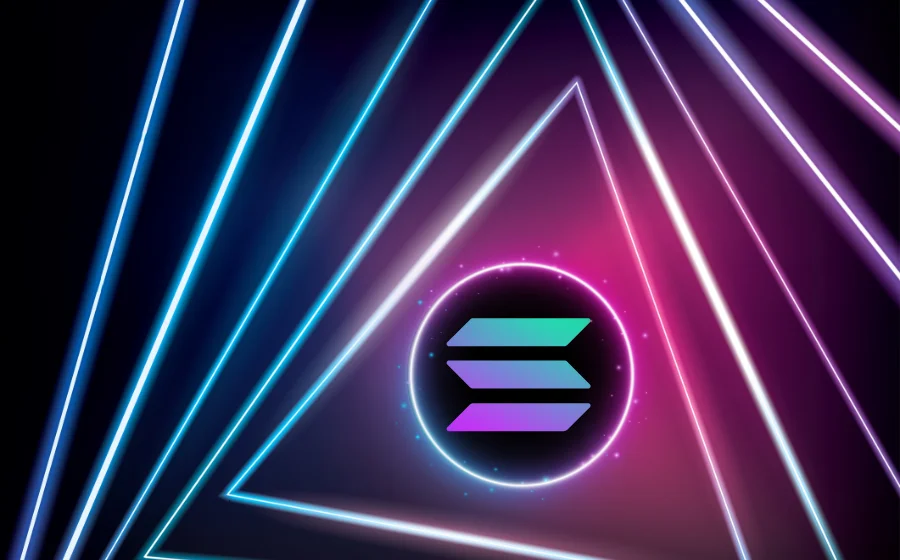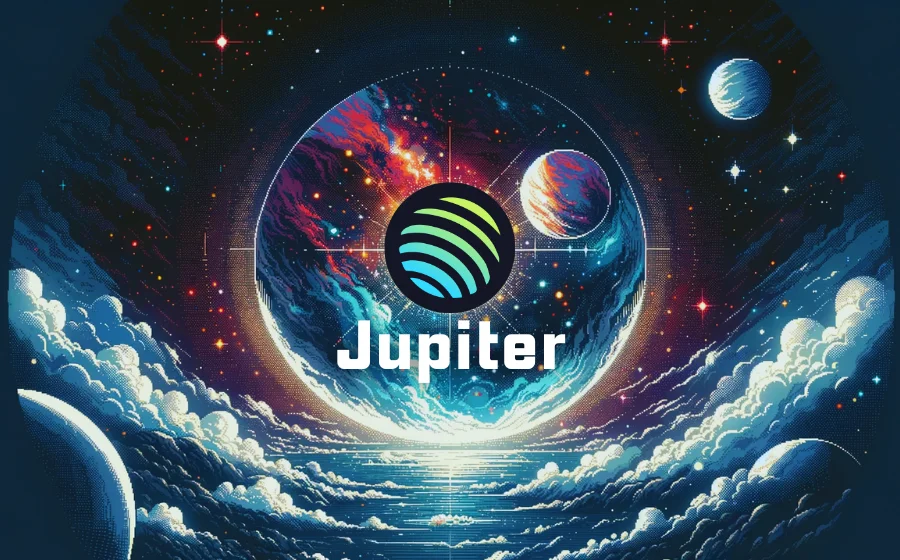
KEYTAKEAWAYS
- Innovative Triple-Chain Architecture: Avalanche's triple-chain structure allows for high transaction throughput and distinct functionalities, setting it apart from traditional blockchains.
- Competitive Edge Over Ethereum: With quicker transaction times and lower fees, Avalanche presents a significant challenge to Ethereum's dominance in the blockchain space.
- Government Applications Potential: Partnership with Deloitte for the CAYG platform indicates Avalanche's potential for government use, demonstrating versatility beyond typical blockchain applications.

CONTENT
Explore Avalanche (AVAX), a 2020-launched blockchain with a unique consensus mechanism and three parallel chains, enhancing DeFi and smart contract efficiency.
WHAT IS AVALANCHE (AVAX)?
The Avalanche protocol, also known as “Avalanche,” officially launched in 2020, featuring a novel consensus mechanism. Developed by Ava Labs, which raised nearly $300 million in funding, the project was introduced in September 2020. Following this, the Avalanche Foundation conducted token sales amounting to $48 million, both privately and publicly.
Unlike most existing public blockchains, Avalanche consists of three parallel chains, each with specific functions, collaboratively providing a rapid and efficient platform for DeFi applications to deploy smart contracts.
In essence, Avalanche operates similarly to blockchains like Bitcoin and Ethereum and is often referred to as the “Avalanche chain” or “Avalanche protocol.” AVAX is the native token of this blockchain, hence categorized as a public chain token.
The Avalanche (AVAX) project began in 2018 with the establishment of AVA Labs in 2019, aimed at vigorously promoting the project’s prospects. In 2020, the Avalanche mainnet was successfully launched, and the AVAX token began trading on numerous platforms.
- Avalanche Consensus
The Avalanche consensus mechanism operates with hundreds of nodes that quickly conduct repeated samplings for multiple verifications. If a transaction or information is consistently approved by a majority of nodes, it is confirmed as accurate.
This method is faster than Bitcoin’s Proof of Work (PoW), more robust than Byzantine Fault Tolerance (BFT), and safer than Proof of Stake (PoS). Named for its snowball-like effect, the “Avalanche mechanism” allows the blockchain to scale effectively without being confined to a single linear chain.
>>> More to read : What is Bitcoin?
HOW DOES AVALANCHE (AVAX) WORK?
AVAX, the native token of the Avalanche blockchain, is underpinned by two significant innovations: a new consensus mechanism (Consensus 3.0) and a three-chain parallel structure.
For instance, Bitcoin (BTC) utilizes the Proof of Work (PoW) mechanism, which is decentralized but has high energy consumption and low efficiency. Another common approach is the Byzantine Fault Tolerance (BFT), which offers high efficiency and low latency but at the cost of higher centralization.
These mechanisms highlight a “trilemma” in consensus systems, where it is challenging to achieve optimal decentralization, low energy consumption, and high efficiency simultaneously. However, the Avalanche protocol nearly manages this by blending the advantages of the first two mechanisms and introducing a method of repeated random sampling for validation, balancing these three aspects.
A significant innovation in Avalanche is the use of three parallel chains, each dedicated to specific tasks. These include the Exchange Chain (X-Chain) for creating and exchanging assets, the Contract Chain (C-Chain) which is most commonly used for developing smart contracts, and the Platform Chain (P-Chain) used for staking. By assigning different roles to each chain, Avalanche enhances both speed and scalability.
With these three parallel chains, Avalanche dramatically increases the speed of cryptocurrency transactions, capable of processing up to 4,500 transactions per second compared to Bitcoin’s seven transactions per second under the PoW mechanism. This setup significantly boosts the transaction capacity on the public chain.
Traditional blockchains handle transactions, smart contracts, and validation all on a single chain, similar to a single-core CPU trying to manage all computations of a computer. In contrast, Avalanche distributes these tasks across three chains, analogous to a multi-core CPU or a computer with specialized processors for graphics and video, theoretically enhancing performance.
AVALANCHE (AVAX): STRENGTHS AND WEAKNESSES
- Strengths:
1. High Security and Efficiency: AVAX benefits from the robust infrastructure of the Avalanche blockchain, offering superior security. Malicious nodes would need to reach 80% to compromise the system, compared to just 51% for Bitcoin and Ethereum. Additionally, transaction confirmations are much faster, taking only about 2 seconds compared to Bitcoin’s 1 hour and Ethereum’s 6 minutes.
2. Low Cost: Transaction fees on Avalanche are significantly lower. Typically, the cost is only 0.008 AVAX, approximately $0.1; in contrast, Bitcoin transactions cost about 0.00008 BTC, or $2, and Ethereum transactions 0.0007 ETH, or $1.5 (prices calculated as of June 8, 2023, according to Mitrade).
3. High Market Value: As a relatively new entrant, AVAX has quickly reached a market cap of $4.7 billion, accounting for 0.43% of the global cryptocurrency market and ranking 15th. This is a notable achievement.
- Weaknesses:
1. Centralization Risk: In the tokenomics of AVAX, the team holds 10%, the project foundation 9.26%, community and development funds 7%, and strategic partners 5%, totaling over 30%. Although nominally these tokens are held by different entities, they may be controlled by the team, indicating a high risk of centralization.
2. Newness and Market Testing: Launched in 2020, AVAX is relatively new, and its technology and product maturity are yet to be fully tested. The token experienced a significant issue on February 12, 2022, which led to a temporary halt of the entire Avalanche network. Moreover, AVAX has not yet weathered a bear market, lacking the market testing that older cryptocurrencies like BTC and ETH have undergone, thus presenting a higher level of uncertainty.
AVALANCHE (AVAX) FUTURE DEVELOPMENT
- Diverse DeFi Ecosystem
Currently, there are 170 developing DeFi projects on Avalanche, encompassing trading, staking, wallets, lending, and NFT trading platforms. This diversity enriches the Avalanche ecosystem, offering a broad range of financial services and innovations.
- Strong Competitor to Ethereum
Avalanche features the Avalanche Bridge (AB), which provides secure and high-performance cross-chain asset transfer services. While Ethereum’s cross-chain confirmation time is approximately 5 minutes, Avalanche completes these transfers in just 10 seconds. Additionally, Avalanche’s transaction fees (Gas fees) are about one-tenth of Ethereum’s, significantly outpacing Ethereum in transaction verification speed. This efficiency positions Avalanche as a formidable competitor to Ethereum, the largest blockchain network currently.
- Potential Government Applications
Ava Labs, the development team behind Avalanche, has partnered with Deloitte, one of the Big Four accounting firms. On November 17, 2021, Deloitte announced the development of a new Close As You Go (CAYG) disaster recovery platform using Avalanche’s protocol. This platform is designed to help state and local governments in the USA efficiently apply for relief funds through a user-friendly interface, simplifying the typically complex process. The CAYG platform operates as a Custom Chain parallel to the C-Chain, illustrating that the Avalanche public blockchain supports the creation of custom chains using its consensus mechanism and validator nodes. This development could mark the beginning of Avalanche’s adoption in government applications.
FAQ
- What is AVAX?
AVAX is the native token of the Avalanche blockchain, widely used for DeFi, liquidity mining, and other applications.
- What is Avalanche?
Avalanche is a new blockchain featuring the unique Avalanche consensus mechanism. It consists of three parallel chains that together enable fast and efficient DeFi and smart contract deployments.
- What is the Future of Avalanche(AVAX)?
(1) Diverse DeFi Ecosystem
(2) Strong Competitor to Ethereum
(3) Potential Government Applications
▶ Buy Crypto at Bitget
ꚰ CoinRank x Bitget – Sign up & Trade to get $20!

















